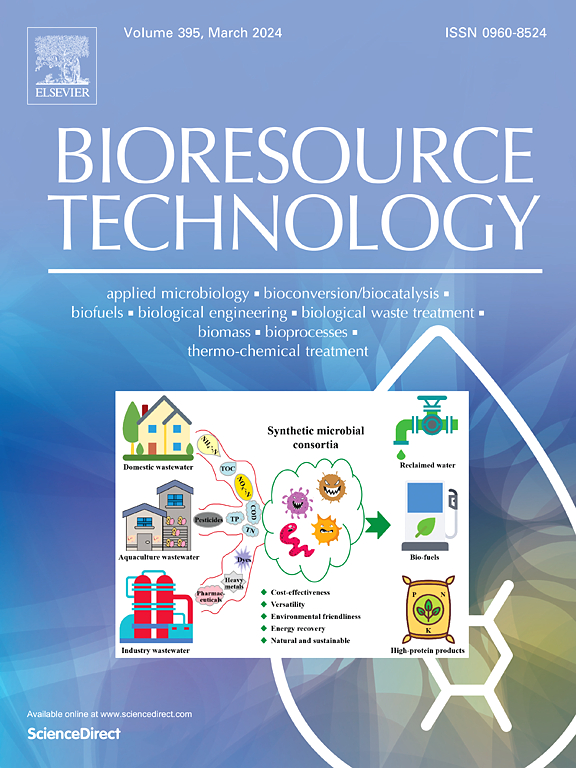Design optimization of bimetal-modified biochar for enhanced phosphate removal performance in livestock wastewater using machine learning
IF 9
1区 环境科学与生态学
Q1 AGRICULTURAL ENGINEERING
引用次数: 0
Abstract
Mg-modified biochar shows high adsorption performance under weakly acidic and neutral water conditions. However, its phosphate removal efficiency markedly decreases in naturally alkaline wastewater, such as that released in livestock farming (anaerobic wastewater with a high phosphate concentration). This research employed six machine learning models to predict and optimize the phosphate removal performance of bimetal-modified biochar (i.e., Mg–Ca/Al/Fe/La) to develop material design strategies suitable for achieving high removal efficiency in alkaline wastewater. Random forest, gradient boosting regressor, and extreme gradient boosting models achieved high prediction accuracy (R利用机器学习优化双金属改性生物炭对牲畜废水中磷酸盐去除性能的设计
镁改性生物炭在弱酸性和中性水条件下均表现出良好的吸附性能。然而,在天然碱性废水中,如畜牧业排放的废水(含高浓度磷酸盐的厌氧废水),其除磷效率明显降低。本研究采用6种机器学习模型对双金属改性生物炭(Mg-Ca /Al/Fe/La)的除磷性能进行预测和优化,以制定适合于在碱性废水中实现高去除率的材料设计策略。随机森林、梯度增强回归量和极端梯度增强模型均具有较高的预测精度(R2 >;0.98)。模型预测和实验验证表明,mg - ca改性生物炭在酸性条件下仍保持较高的吸附能力,在碱性条件下可有效实现对磷酸盐的吸附,去除率达99.33%。总体而言,本研究侧重于利用机器学习优化材料性能,为开发用于实际水处理应用的生物炭材料提供见解和方法。
本文章由计算机程序翻译,如有差异,请以英文原文为准。
求助全文
约1分钟内获得全文
求助全文
来源期刊

Bioresource Technology
工程技术-能源与燃料
CiteScore
20.80
自引率
19.30%
发文量
2013
审稿时长
12 days
期刊介绍:
Bioresource Technology publishes original articles, review articles, case studies, and short communications covering the fundamentals, applications, and management of bioresource technology. The journal seeks to advance and disseminate knowledge across various areas related to biomass, biological waste treatment, bioenergy, biotransformations, bioresource systems analysis, and associated conversion or production technologies.
Topics include:
• Biofuels: liquid and gaseous biofuels production, modeling and economics
• Bioprocesses and bioproducts: biocatalysis and fermentations
• Biomass and feedstocks utilization: bioconversion of agro-industrial residues
• Environmental protection: biological waste treatment
• Thermochemical conversion of biomass: combustion, pyrolysis, gasification, catalysis.
 求助内容:
求助内容: 应助结果提醒方式:
应助结果提醒方式:


